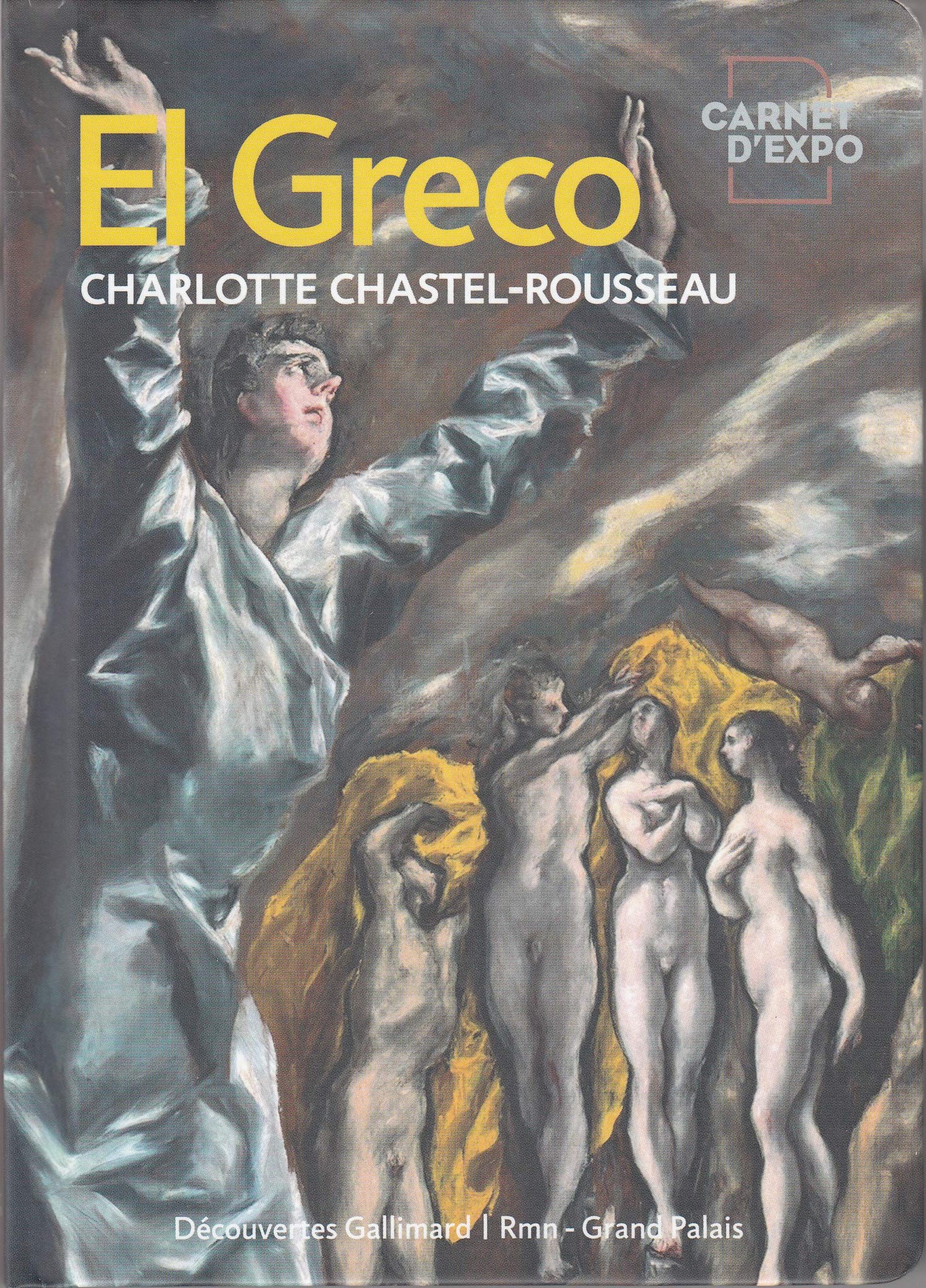El Greco by Charlotte Chastel-Rousseau
El Greco by Charlotte Chastel-Rousseau
33 in stock
Couldn't load pickup availability
Author(s): Charlotte Chastel-Rousseau
Pub: Carnet D Expo
Pack Qty: 48 (Hardback)
ISBN: 9782072877094 - New
174mm x 124mm x 10mm
Publication: 2019Pages: 64
Product Description
The last great master of the Renaissance, El Greco, holds a singular place in the history of art. His work is still viewed today with the eye of modernity, seducing a wide audience of lovers of ancient and contemporary art
Published to accompany the first major monographic exhibition dedicated to El Greco in France: Grand Palais, Paris, 21 October 2019 - 10 February 2020, followed by Art Institute of Chicago, 4 March - 21 June 2020
The last great master of the Renaissance, Domenikos Theotokopoulos (1541-1614), known as El Greco, 'The Greek', holds a singular place in the history of art. Born in Crete, trained in the Byzantine tradition, El Greco continued his apprenticeship in Italy, in contact with Venetian aesthetics and Roman mannerism. It was in Spain, where he settled in the 1570s and where he imported his Italian ifluences (Titian, Tintoretto, Michelangelo) that he revealed the extent of his talents. In Toledo, he painted both secular and altar paintings, such as his masterpiece, The Burial of the Count of Orgaz.
From the Back Cover
The Iast great master of the Renaissance and the first major painter of the Spanish Golden Age, Doménikos Theotok+¦pouIos (1541-1614),known as El Greco, hoIds a unique place in the history of art. Rediscovered by the avant-garde artists of the early twentieth century, his work is still interpreted through the lens of modemity. Born in Crete and trained in the Byzantine tradition of icon painting, El Greco continued his apprenticeship in ltaly, studying Venetian aesthetics and Roman Mannerism. He moved to Spain in the 1570s, bringing with him Titian's color, Tintoretto's daring and Michelangelo's sculptural power. He deployed his impressive range of talents in Toledo, where he created altarpieces and secular paintings, imposing an innovative artistic approach while constantly exploring new ground, in the process developing a profoundly personal visual language.
About the Author
Charlotte Chastel-Rousseau is Curator of Spanish and Portuguese painting in the Paintings Department of the Louvre Museum.


